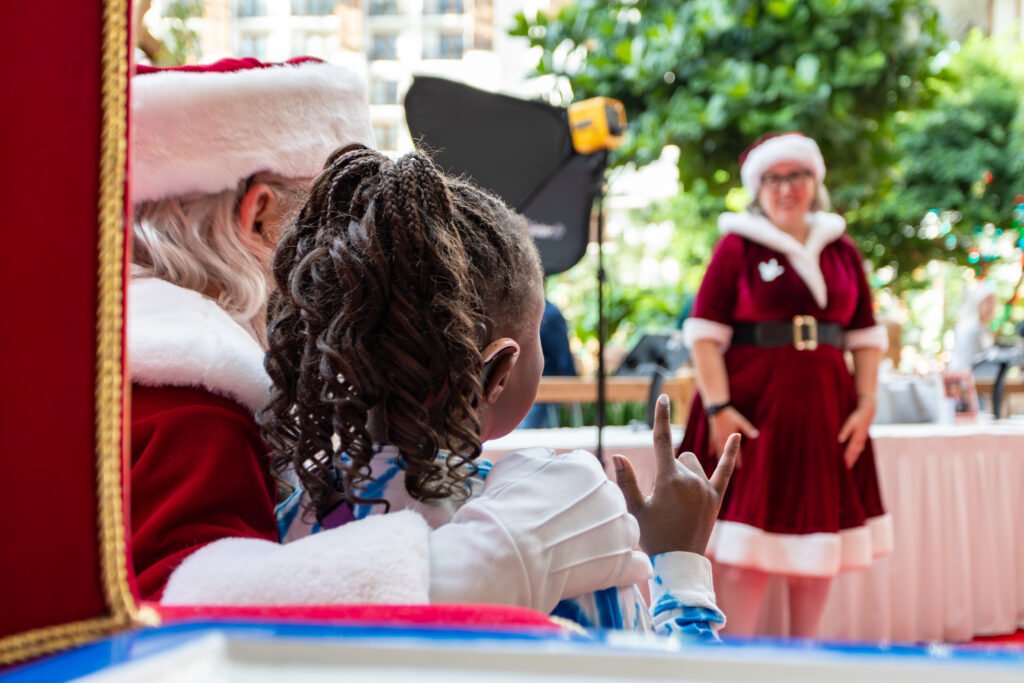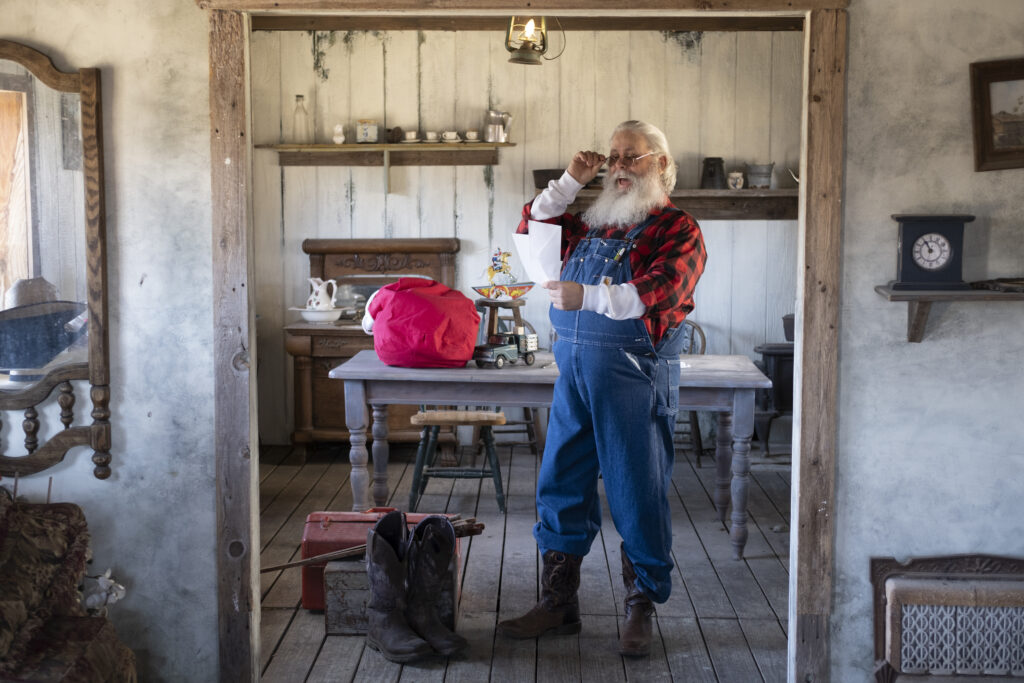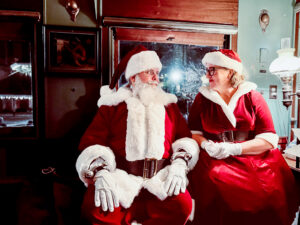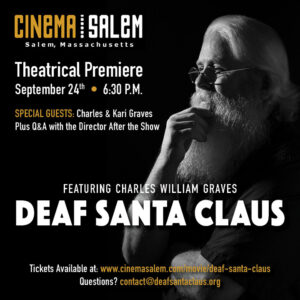When you see Deaf Santa Claus at a film screening or in Santa’s chair, you’ll notice something important: we don’t just show up for photos or applause. We lead conversations. We connect with families. We help create traditions that stick. And those moments only work when ASL interpretation is done right.
Here’s the reality:
Every city we visit requires us to find, schedule, and hire interpreters.
Events often fall on nights and weekends, when interpreting rates spike.
Assignments run three or more hours, which means interpreters must work in teams.
Costs are steep… interpreters are paid more than Santa himself.
One venue put it plainly: “An in-kind donation for this service will be crucial to making the numbers work. Can you point us in the right direction? The last time we hired interpreters, the cost was almost $1,000.”
For context, the budget for their entire event – venue, staffing, marketing, fees, and more – was a healthy $2,500. Interpreting alone threatened to consume nearly half, pushing the event toward untenable. To save on billable time, organizers proposed dropping the live introduction and bringing in an interpreter only for the Q&A, a practical solution, but one that also cut the program in half.
And it’s not just about cost. It’s about access. If Santa Claus can’t get interpreters, imagine how families navigate healthcare and education. Interpreters are not readily available anymore. Many have shifted to video relay or remote interpreting, choosing steady work from home or contact centers. That may work for a phone call or quick appointment, but it doesn’t work in a classroom, at a hospital bedside, in the workplace. Certainly not when Santa Claus is meeting children face-to-face.
Even when we do line up interpreters, quality and fit can feel like a battle. When we asked one local agency if we could meet the assigned interpreter on video beforehand to ensure compatibility, their reply was to question: “What makes an interpreter the ‘right fit’?” That response reveals how little room there is for nuance, relationship, and trust in the current system.
This is the same struggle Deaf people face everywhere:
- Students unable to get qualified interpreters in schools.
- Patients unable to get in-person interpreters at medical appointments.
- Workers excluded from meetings or opportunities because no interpreter is available.
Santa Claus is no exception. The lack of in-person interpreters limits how often we can appear, how fully we can lead conversations, and how consistently we can connect with families.
For now, we take each event as it comes, one at a time. It limits our reach, that is our reality. Our bigger vision is to secure resources for a dedicated interpreter who can travel with us, ensure consistency, and represent our story with the quality and professionalism our audiences deserve.
If you’ve ever attended one of our events, you know the difference. Deaf Santa Claus is more than a photo op, it’s a conversation. And those conversations only happen when language access is there.
We are constantly self-advocating. It takes time, energy, and money… and we’re not always successful. But we keep pushing, because Deaf families deserve to be in the chair, on the stage, and on screen without access being the reason we’re not.




